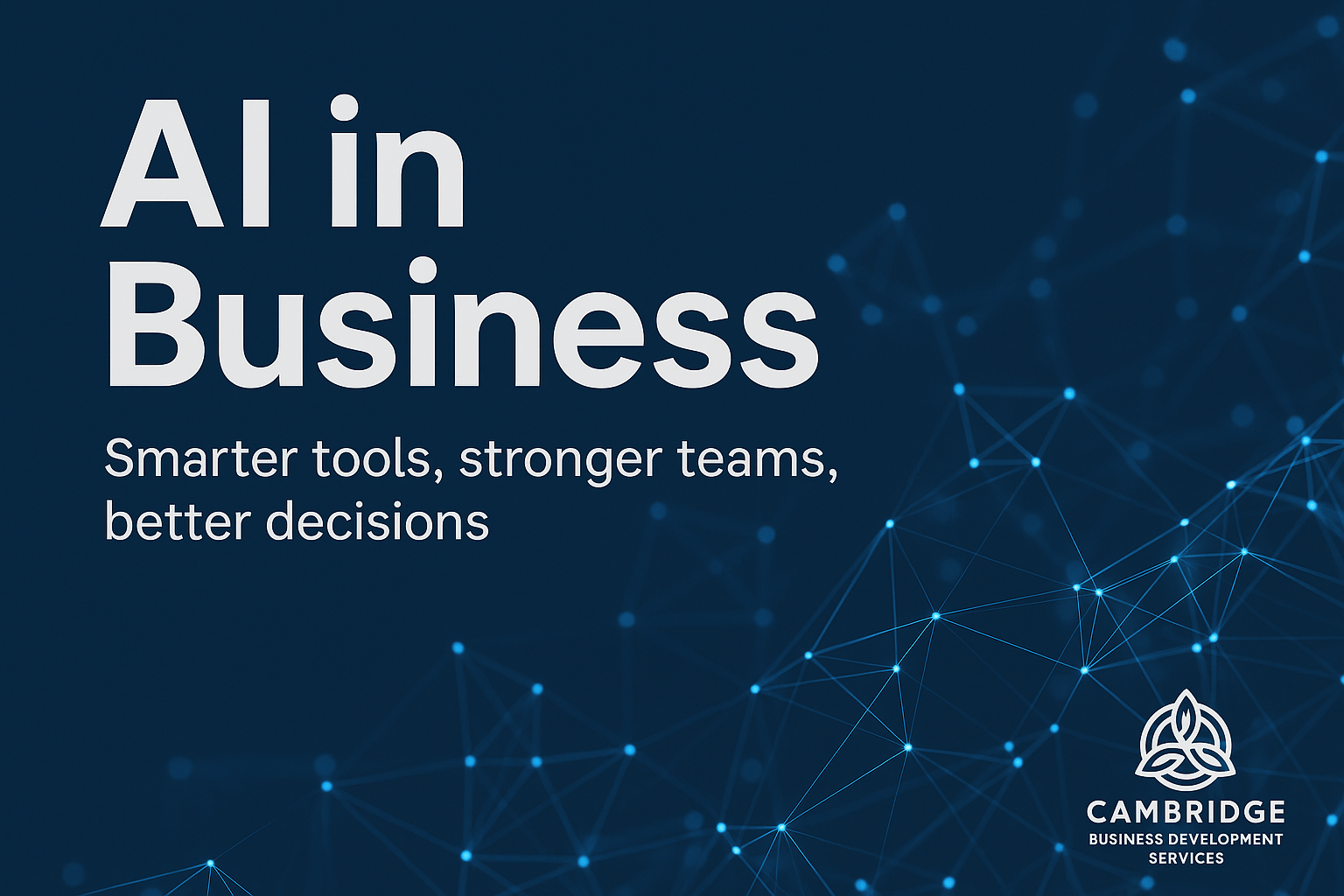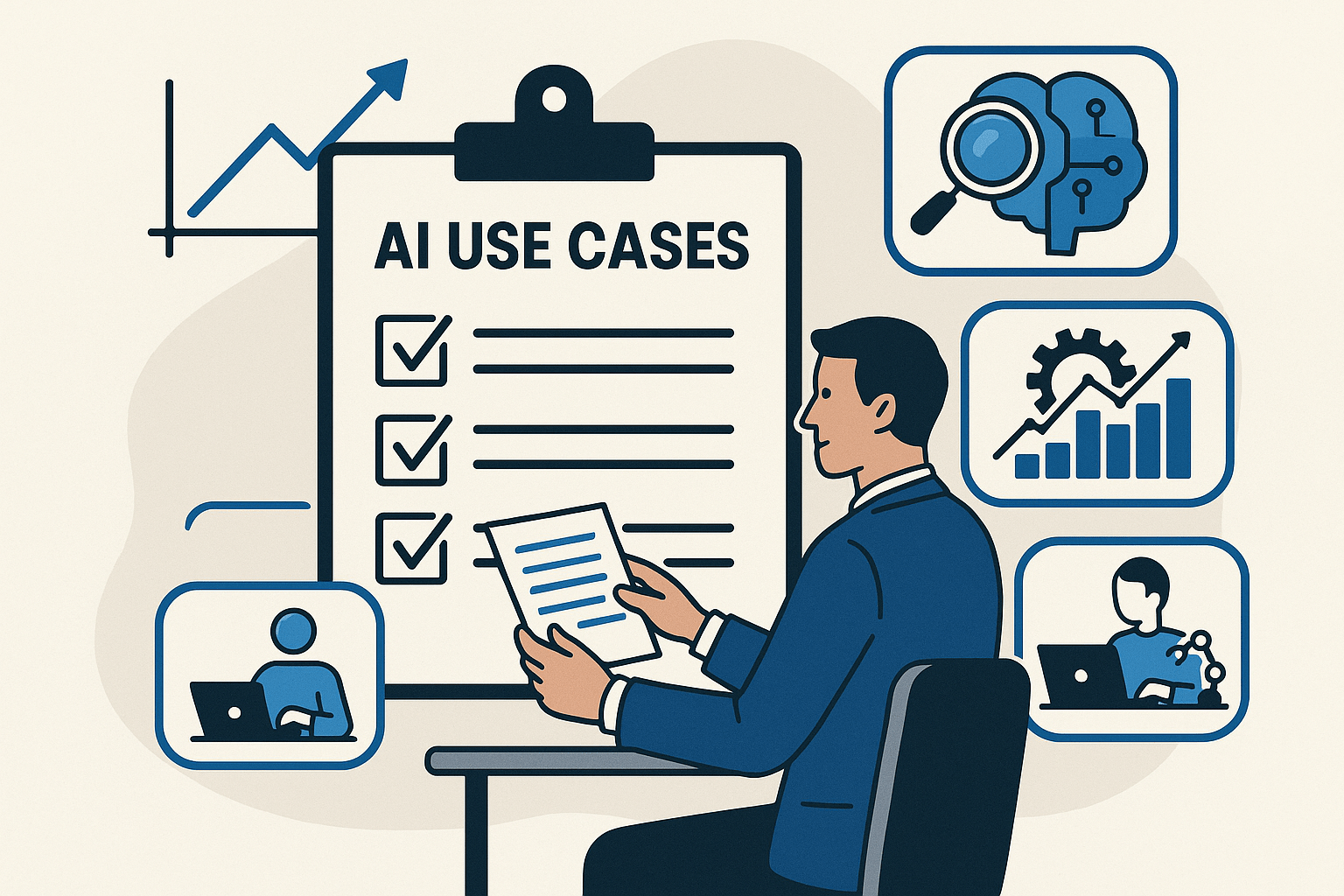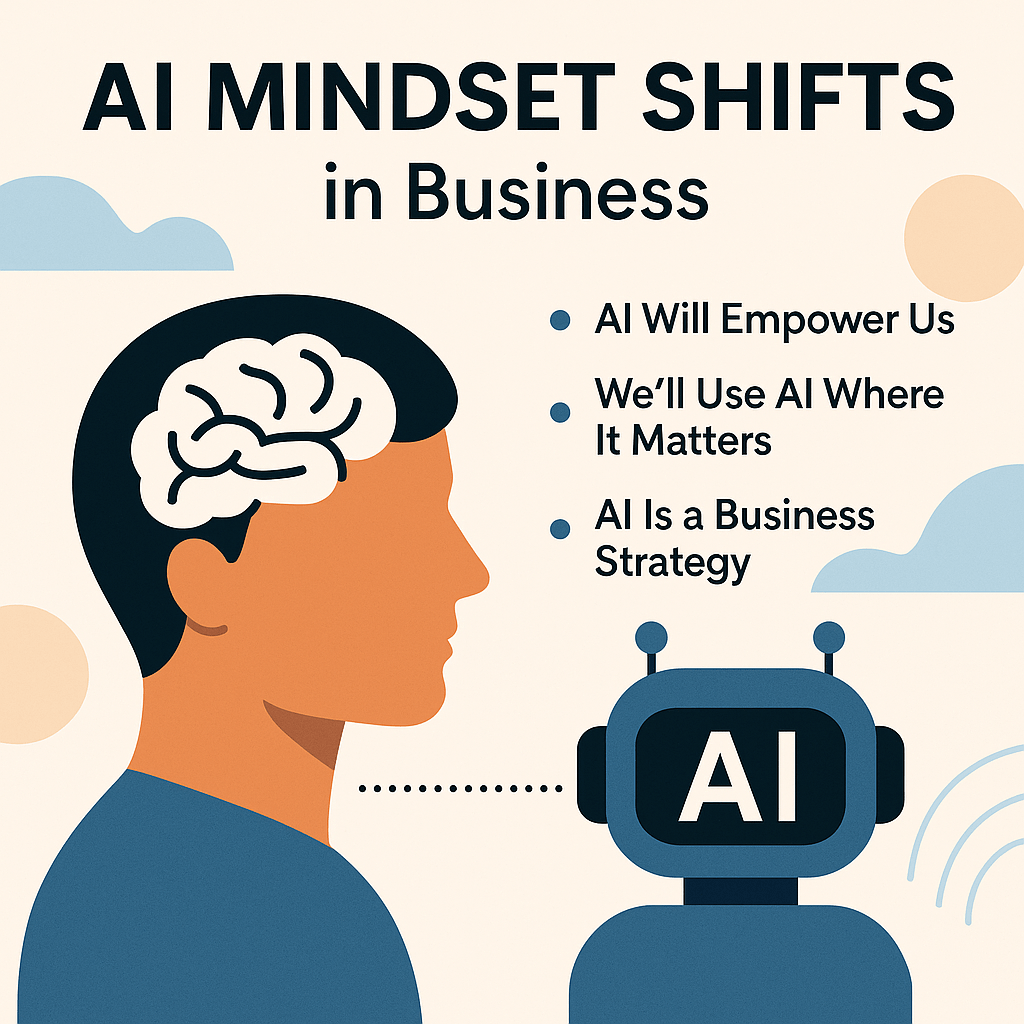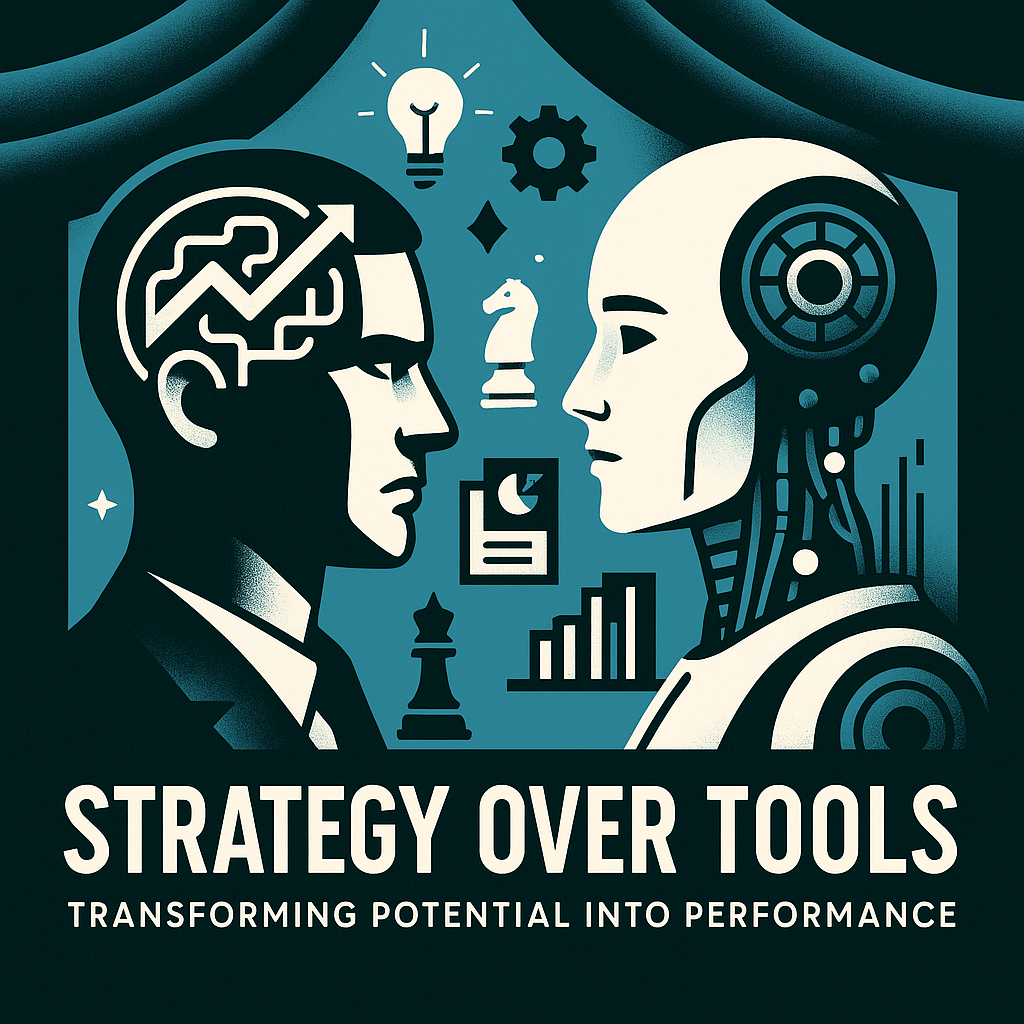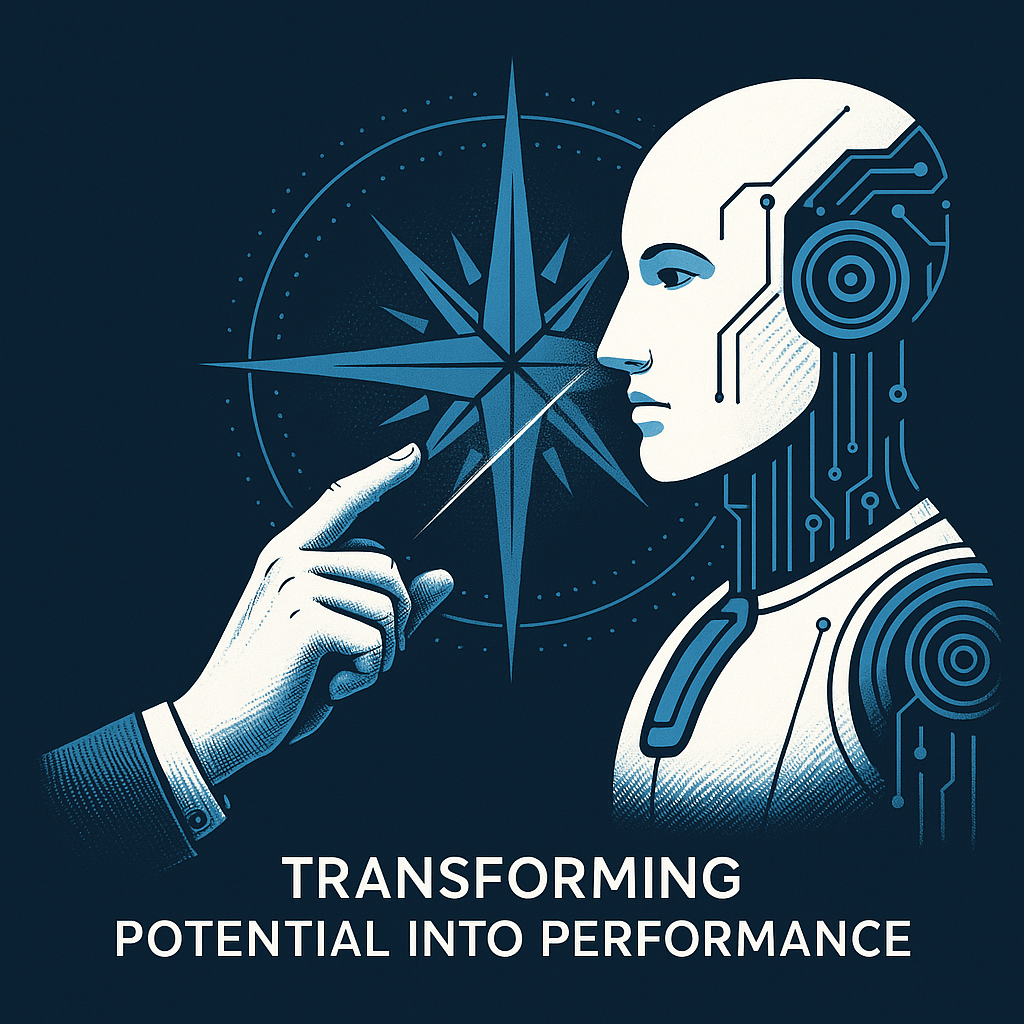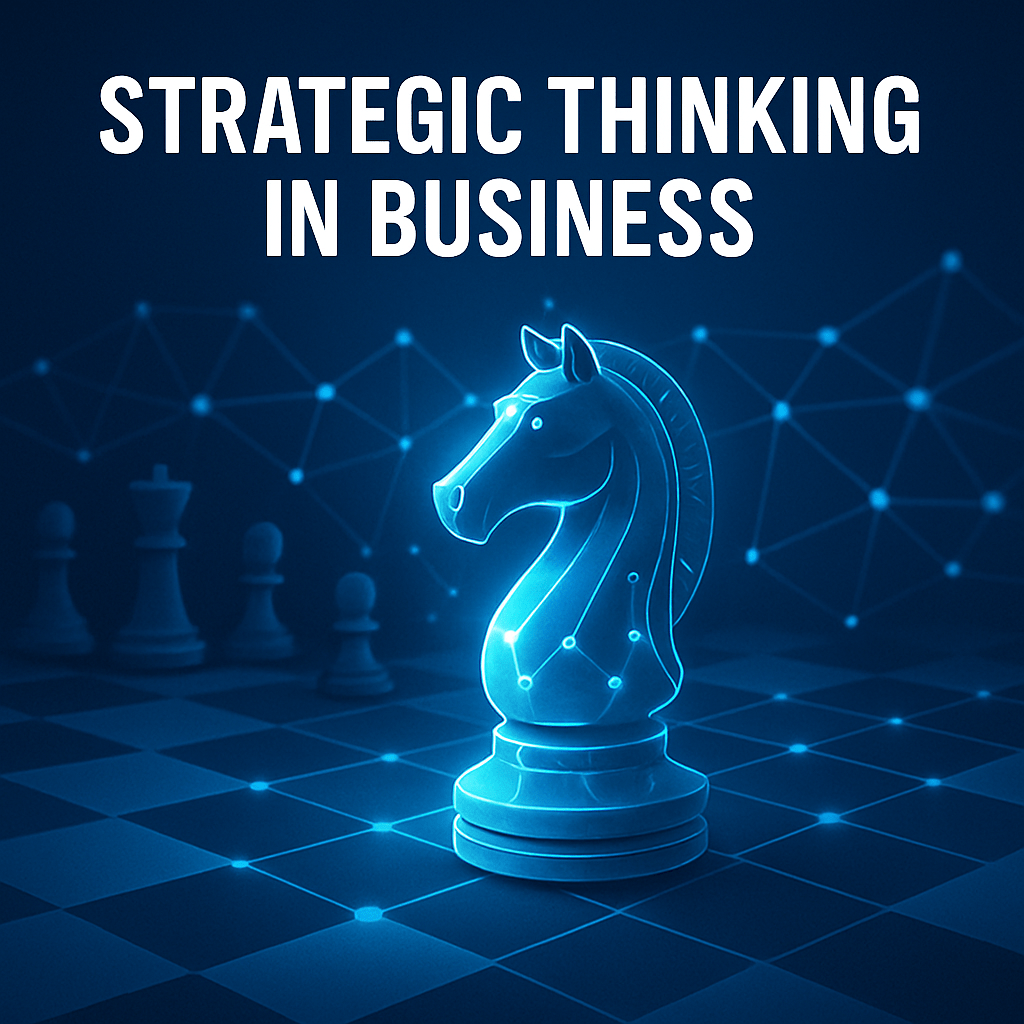
Many leaders get caught up in chasing quick wins. The problem? They don’t always last. Strategic thinking in business is what separates companies that burn bright for a year or two from those that grow, adapt and stick around for the long term.
The Trap of Quick Wins
When pressure is high, quick fixes feel tempting. Close a deal fast. Launch a product fast. Cut costs fast.
But here’s the catch. Quick wins often solve symptoms, not root causes. They may give a short-term boost, but without a bigger picture, they can create new problems down the line.
What Strategic Thinking in Business Brings
- Clarity on direction. Instead of reacting to every fire, you know where you’re headed and why.
- Smarter decisions. Strategic thinking helps weigh trade-offs, so you don’t just ask “Does this work now?” but also “Does this work later?”
- Sustainable growth. You build processes, teams and products that last, not just ones that survive the next quarter.
Why Leaders Need Strategic Thinking in Business Now
Markets are changing fast. AI, new competitors, shifting customer needs. The ground keeps moving. Leaders who rely only on quick wins end up always chasing, never leading.
Leaders who use strategic thinking in business take control. They spot trends earlier, adapt smarter and build resilience into their organisations.
As *Harvard Business Review points out, the best strategies are those that adapt, not those locked into rigid plans.
Learn How to Think More Strategically
That’s exactly what I cover in my course: How to Employ Strategic Thinking.
It’s designed to help leaders like you shift from reactive to proactive and from chasing to leading. By the end of the course, you’ll:
- Understand what strategic thinking really looks like in practice.
- Learn tools to make smarter decisions under pressure.
- Build a mindset that keeps you ahead of change.
👉 Check out the Strategic Thinking course here.
*Sources
Harvard Business Review: “The Big Lie of Strategic Planning”
Transforming Potential into Performance


